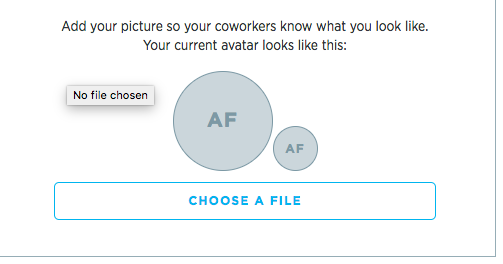Biochemists, scientists working in drug discovery and researchers working to learn about the human body often need to test samples of liquid to determine if there is a protein or any other substance present. The tools used to do this kind of work are highly specialized and require significant training. Among the most popular and widely used tools for this kind of work is something called an ELISA reader.
What Is an ELISA Reader?
An ELISA reader, often misspelled as an ELIZA reader, is a highly sophisticated instrument whose job it is to detect the presence of a protein in a liquid sample. ELISA stands for enzyme-linked immunosorbent assay. The ELISA reader is one of the most popular versions of a device called a plate reader which is designed to determine the presence of any sort of biological, chemical or physical presences in a small microtiter sample.
The tests done by the ELISA reader are typically done as a diagnostic procedure in medicine, in plant pathology and in the biotech space. It is also used to check the quality of substances in various industries that need fluorescence plate reader protocol. While it has applications outside of the medical field, the ELISA reader and other plate readers are most often used in manners related to human health and medicine.
The ELISA reads data from the liquid sample by attaching antigens to the antibodies in the small microtiter sample. The resulting reaction, usually a color change of some kind, indicates to whoever is using the ELISA reader, whether a protein is present in the sample. This can help doctors make diagnoses about the health of their patients.
What Is the History of ELISA Readers?
While it is true that ELISA reader uses exist in a variety of industries, the most common place to see an ELISA reader is in a laboratory, hospital or diagnostic center. The ELISA reader and other microplate readers were developed in response to a need for an assay or testing procedure that did not involve radiation. In 1971, two scientists in Sweden and two others in the Netherlands simultaneously published papers that cited recent research for making microplate readers possible.
The earliest ELISA readers relied on the creation of an observable difference in the liquids being examined in order to be utilized. However, more recent iterations of the ELISA reader show that the utilization of fluorogenic, electrochemiluminescent and quantitative PCR. These practices mean that even trace amounts of the protein can be detected and allows scientists or whoever is reading the ELISA to get more granular analysis of the sample. Recent developments have made ELISA readers more sensitive and better at taking assay readings.
Who Uses ELISA Readers?
As mentioned above, since they are part of the health care and pharmaceutical industries, the most likely person to be using an ELISA reader is a scientist. Academic research laboratories and diagnostic centers who are staffed by trained scientists and physicians are the people best suited to understand what an ELISA does and how to use it. ELISA readers have several detection modes that are used by scientists and diagnosticians to fully understand what is in the sample they are examining.
In addition to organic matter taken from patients, quality control technicians also often use the ELISA reader to make sure that the chemicals that need to be present in certain products used professionally are indeed there. They can also be used to test the safety of certain substances to ensure that they have not been corrupted. As the biotech industry begins to grow and genetic testing becomes more and more common, ELISA readers are becoming increasingly savvy and increasingly sophisticated.
Related Articles
References
Writer Bio
Ashley Friedman is a freelance writer with experience writing about education for a variety of organizations and educational institutions as well as online media sites. She has written for Pearson Education, The University of Miami, The New York City Teaching Fellows, New Visions for Public Schools, and a number of independent secondary schools. She lives in Los Angeles.


